The website for a genetic enhancement company called Nippon Shin Eisei (Japan New Health) features an eerie Flash-based introduction to the Junsui Project, which profiles a genetically-altered individual named Junko (who's at the center of what looks like an alternate reality game or viral marketing campaign).
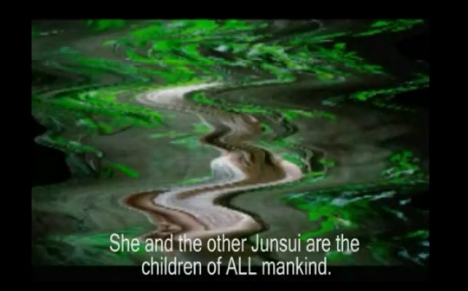
From the site (which can be viewed only once before an "error message" is displayed):
"For countless millenia, humans have evolved unconsciously, spreading out to populate the world. For the first time ever, we may glimpse our long genetic inheritance... And from it, we may plot the path by which we wish to continue. Junko is the first child of her type ever to be born. She and the other Junsui are the children of ALL mankind. Through the new technology of genetic target augmentation, Junko has been gifted with only the most optimal human alleles. Junsui are the best of all we have ever been, and therefore represent the best way of coping with an uncertain future."

The Nippon Shin Eisei website claims to offer customers access to revolutionary new gene enhancement technology that can ensure the best possible future for their unborn children. Most of the site appears to be password-protected, but if you send an email requesting one of their test kits, you will get the following response:
From: infoSPLATshineisei.jp
Subject: Thank You For Interest in NSE
Dear Consumer:
Thank you for interest in Nippon Shin Eisei.
Due to overwhelming response, Nippon Shin Eisei has temporarily decided to issue a cessation of test kit distribution by mail.
We foresee the ability to distribute kits again in the near future. We are proud to announce that NSE is currently undergoing a transition to a new office and laboratory facilities which will enable us to accommodate a much larger volume. At which time this becomes a possibility, you will be informed by electronic mail.
If you are in the Matsuyama area, please feel free to schedule a genetic analysis through our office. Please note that samples from both prospective parents are necessary.
Thank you for your interest in the More Than Me and Junsui programs.
Best Regards,
Masa Tatenuma
Founder, NIPPON SHIN EISEI
http://shineisei.jp
?Yourself as you wish to be remembered.?
[Link: Junsui Project Introduction]
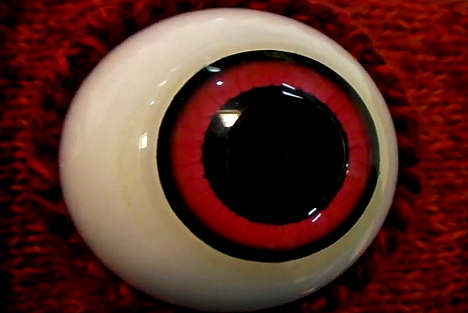




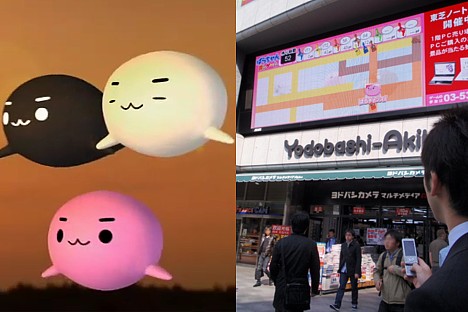
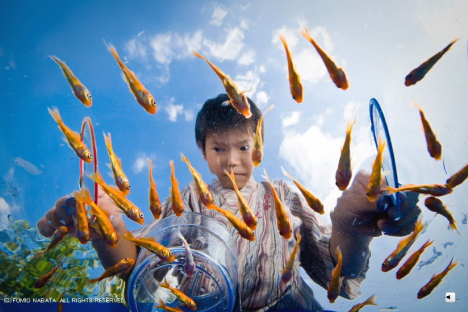
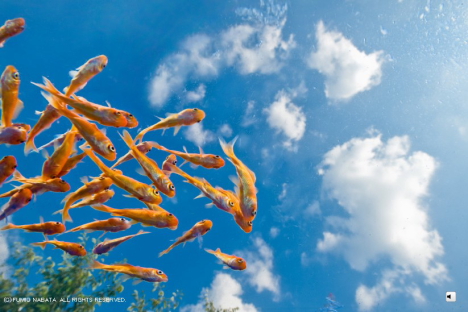
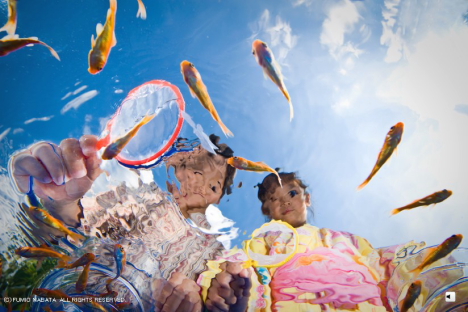
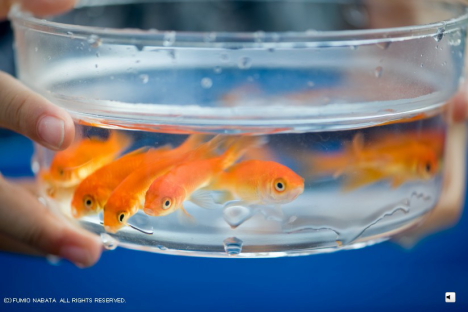
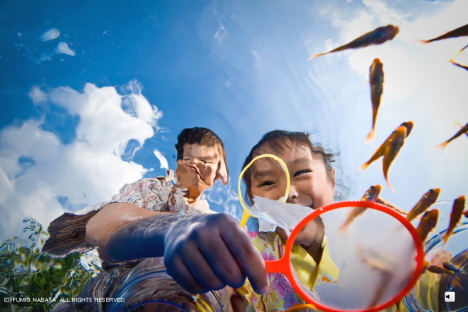

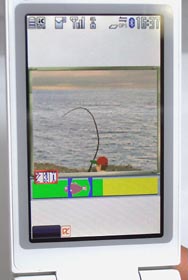 For mobile gamers in western Japan, a hearty seafood dinner awaits just a few key clicks away, thanks to a unique new cellphone fishing game that rewards successful players with home deliveries of fresh, real-world fish.
For mobile gamers in western Japan, a hearty seafood dinner awaits just a few key clicks away, thanks to a unique new cellphone fishing game that rewards successful players with home deliveries of fresh, real-world fish. 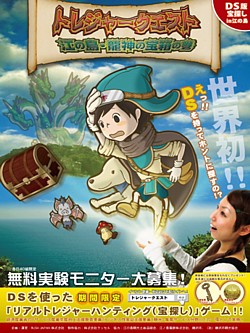 On a small island near Tokyo, people armed with Nintendo DS portable game consoles are scouring the terrain in search of clues that will lead them to a secret treasure. The activity is part of a unique, virtual-meets-real-world game called "Treasure Quest: Enoshima - Treasure of the Dragon," which was developed by Rush Japan, a Tokyo-based company that specializes in planning treasure hunts and tourism-related events.
On a small island near Tokyo, people armed with Nintendo DS portable game consoles are scouring the terrain in search of clues that will lead them to a secret treasure. The activity is part of a unique, virtual-meets-real-world game called "Treasure Quest: Enoshima - Treasure of the Dragon," which was developed by Rush Japan, a Tokyo-based company that specializes in planning treasure hunts and tourism-related events.  A 16-year-old male gamer infatuated with the gothic dress worn by the fictional princess in an online role-playing game has been arrested for hacking into the game company's servers and scamming a boatload of virtual money.
A 16-year-old male gamer infatuated with the gothic dress worn by the fictional princess in an online role-playing game has been arrested for hacking into the game company's servers and scamming a boatload of virtual money.